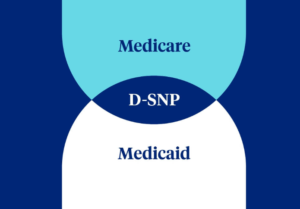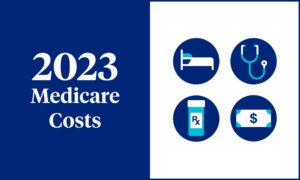Lower Premiums Are Not Always Better

Medicare Part D Prescription Drug Plans with lower premiums may seem attractive initially, but it’s important to understand that lower premiums do not necessarily translate into lower total costs. There are many other factors that affect your total Part D Plan costs, which is why you should always meet with a Medicare Insurance agent to review all of your options and ultimately find and enroll in the best, most cost effective plan.
Aside from monthly premiums, the other factors to consider when evaluating Part D Drug plans are:
- Deductibles
- CMS Star Ratings
- Co-pays
- Plan Restrictions
- Out of Pocket Costs
When you work with an agent at Plan Medicare, he will take all of these factors in to account so you will have a full understanding of your total costs and not just the premium amount.
Let’s look at a real life example. John F. from Bellmore Long Island was on a Part D Drug Plan because the premium was only $10. However, he realized quickly that the total monthly copay was $100. Making his monthly cost a total of $110. Then John came to Plan Medicare to meet with a licensed Medicare Insurance agent. The agent recommended John go on a Part D Plan with a $30 premium, because the total monthly copay of that plan is $50, making the total cost per month $80, $30 cheaper than the plan he was on prior.
Plans with high deductibles and lower total out of pocket costs, translate to higher dollar amounts owed in the beginning of the year, compared to the second half, for those who visit the doctor regularly. And certain Part D Drug Plans have restrictions on medication quantities allowed per month.
As you can see, there are many different factors to consider when choosing a Part D Prescription Drug Plan and every individual is different. Meet with a licensed Medicare agent at Plan Medicare, and get the individual attention that you deserve.






